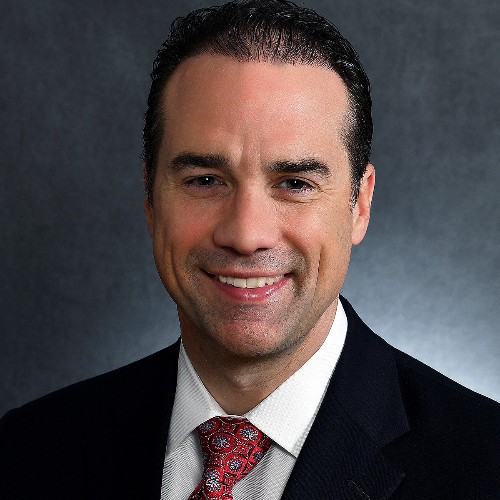
Although the traditional nearly decade-long clinical trial timelines completely collapsed during COVID, this truncating was not necessarily novel. Precedent exists for accelerating approval timelines during health emergencies such as the AIDs/HIV epidemic, where Compound S, a re-make of AZT, or azidothymidine, originally developed to fight cancer, became controversially fast-tracked after the discovery that it could block HIV activity. Likewise, when potentially lifesaving drugs are discovered, patient advocacy groups may petition to accelerate review timelines. A recent example is the September 2022 approval of RELYVRIO, a drug for ALS (Amyotrophic Lateral Sclerosis) or Lou Gehrig’s disease that slows the loss of physical function.
Clinical trials must continue to meet their clinical and increasingly digital endpoints. However, many inefficiencies are becoming more pronounced as regulators, manufacturers and patient advocacy groups push for therapies that deliver demonstrable health benefits and serve broader populations with more diverse and specific ailments. At the same time, clinical trial timelines, although designed to improve human well-being, are undeniably lengthy. Nevertheless, many time-consuming aspects of these trials, such as traditional paper-based, manual reviews and analysis, can become automated with digital and open source.
As manufacturers seek to address the challenges plaguing clinical trials, open software is one tool that can be added to their toolbox. It can aid in their efforts to discover novel therapies and deliver better health outcomes to more people. By adding open-source tools to the digital clinical trial toolbox, we can develop new ways to identify, attract and retain diverse clinical trial participants and accelerate the aggregation and analysis of data, propelling the discovery of new cures and treatments quickly, accurately and cost-effectively.
Three Ways Open Source Will Benefit Clinical Trials
Open-source software and tools can be applied to help enhance and accelerate clinical trials in three ways, with the first being faster discovery of novel drugs or biologics. The Open Drug Discovery Toolkit (ODDT) is an early example of how open-source solutions can benefit academics and industry in boosting the discovery of new therapies.
Second, open-source tools may streamline the repurposing of NMEs or currently approved drugs. COVID inspired researchers in Italy, including at the Institute for Systems Analysis and Computer Science, to develop a network-based tool for drug repurposing which they provided as a freely available R-code, called SAveRUNNER (Searching off-lAbel dRUg aNd NEtwoRk). SAveRUNNER aims to offer a framework for the efficient detection of novel indications for currently marketed drugs against diseases of interest. Ever-expanding data sets, abundant computing power, simplification of AI and ML tools, growing disease burdens and plain old human ingenuity increases the likelihood of continued innovation in tools and approaches to capture more value from our current pharmacopeia.
Third, and most intriguingly, open-source tools may facilitate discoveries in investigational areas lacking investment, such as vaccines, antibiotics and macrophages, the natural predators of bacteria. The success of the global response to COVID was in part a result of decades of predicate work that aligned neatly with the unique challenges of SARS-CoV-2. However, we should not anticipate such a tight alignment between research and nature in the future. The limited number of effective vaccines, the increasing prevalence of “superbugs” that are antibiotic resistant and our limited understanding of macrophages all present opportunities for researchers to use open-source tools in understanding and discovery.
Enabling Discovery, Diagnosis and Treatment
Open-source technologies are already proving their viability in digital clinical trials. Today, ACUITY, an open-source tool released last year by the digital Experimental Cancer Medicine Team through the Cancer Research UK UpSMART Accelerator Consortium, is used for commercial and academic applications.
By enhancing collaboration between biopharmaceutical and medical device companies, open-source tools facilitate appropriate and protected knowledge sharing during the discovery process and accelerate the diffusion of insight from clinical practice or public health emergencies like COVID. These tools can also aid in clinical trial design and execution and can benefit clinical practice by facilitating the understanding, management and treatment of those suffering from rare diseases. During the COVID pandemic, internet searches – combined with readings from smart thermometers and spirometers and integrated with anonymized diagnostic testing results – showed the effectiveness of integrating open-source tools, data and public health solutions in localizing and responding to health emergencies. In the coming years, we should anticipate continued innovation in open-source tools that expand access to care and support continued improvement in care outcomes which will benefit patients, caregivers and clinicians.
About Brian Williams
Brian Williams is a member of EPAM’s Life Sciences team, where he focuses on accelerating growth and sharpening competitive differentiation by linking technology and digital innovation to effective commercial strategies. His 20+ years of life sciences industry experience is based on his entrepreneurial efforts, which resulted in the successful sale of two companies—a niche biopharma and medical device services business and a biopharmaceutical supply chain analytics firm—and his years with BoozAllen, now known as PwC/Strategy&.

